| Avoid following the words "I would like" with the word "you." It sounds too controlling. It's better to make a suggestion and say, "I would like to..." "I would like more..." "I would like a....." NO: "I would like you to keep the house in shape." YES: "I would like to spend 15 minutes cleaning up. How do you feel about that?" "I'd love to have a cleaning lady once a week. Can we afford that?" NO: "I would like you to order take out." YES: "I'm swamped with work. Are you in the mood to order take-out?"
Love Yehuda Lave |
|
|
| | |  Chaya V Chaya V
| | | Tu B'Shvat, the Jewish New Year for Trees, was celebrated this year from sunset January 20 to sunset January 21, corresponding to the 15th day of Shvat on the Hebrew calendar. Yes, it's still winter in Israel, but traditionally the 15th of Shvat is when the earliest hint of pink blossoms start appearing on the almond trees, heralding the coming crop of bountiful fruits. 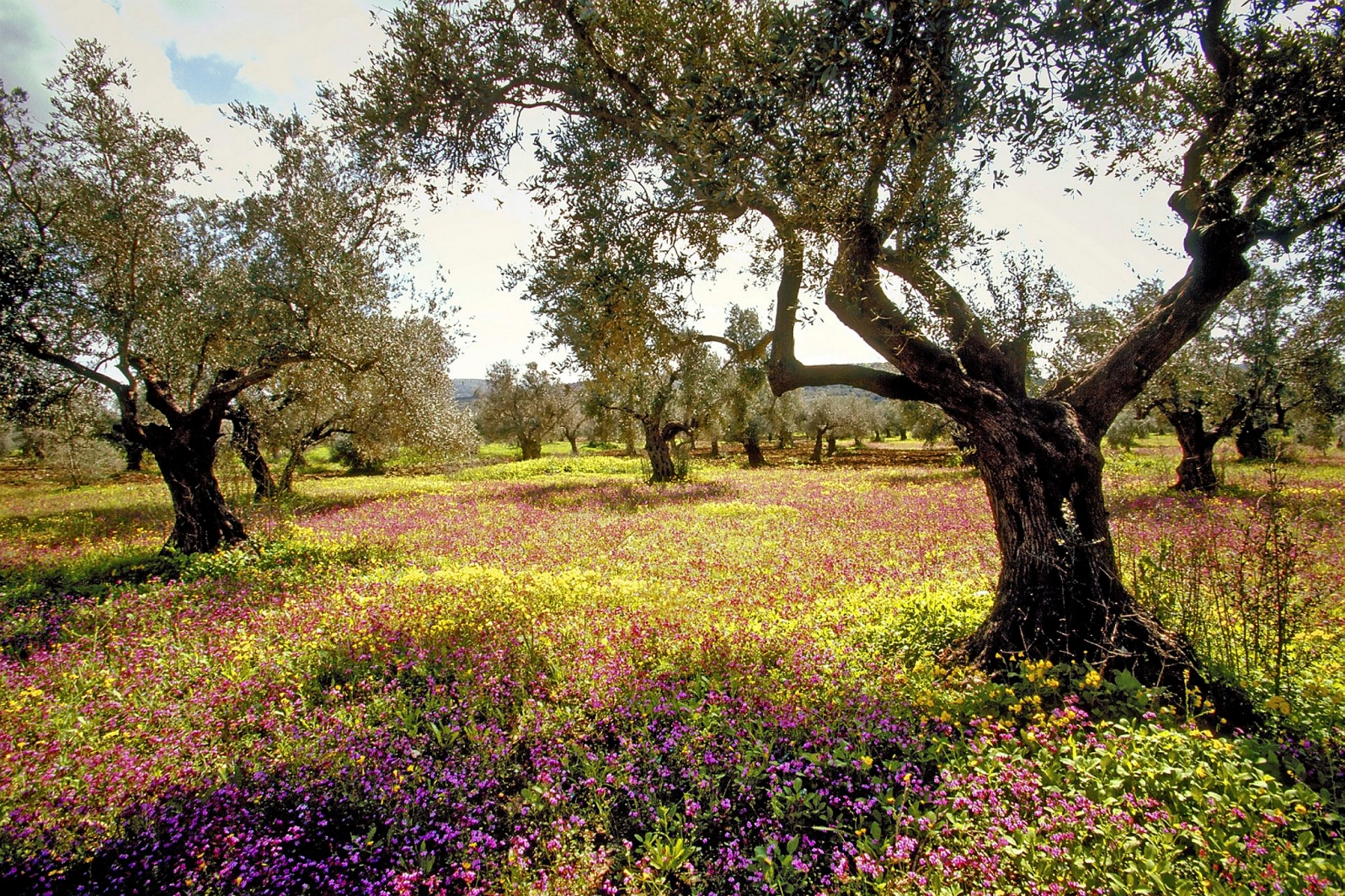 Olive trees grow among pink and yellow flowers in the Golan Heights. Photo by Doron Horowitz/Flash90 In ancient times, Tu B'Shvat was the date used to calculate the beginning of the agricultural cycle for the purpose of taking tithes from produce. Since 1892, Tu B'Shvat has been celebrated in Israel by planting trees. 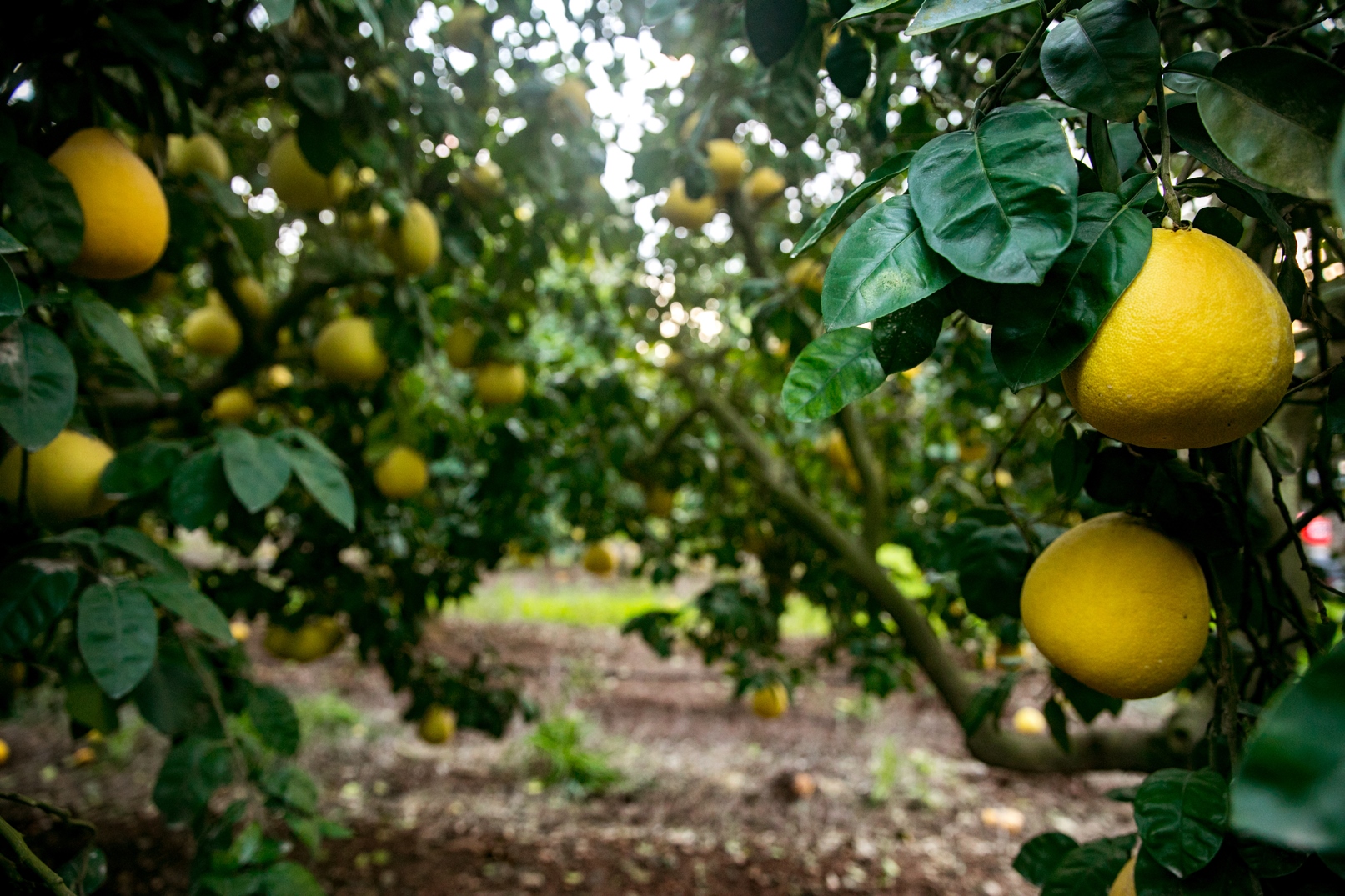 View of pomelo trees in the Jezreel Valley. Photo by Anat Hermony/Flash90 In modern times, Tu B'Shvat has turned into an international Jewish Earth Day with its own Seder showcasing Israeli wines and fruits. 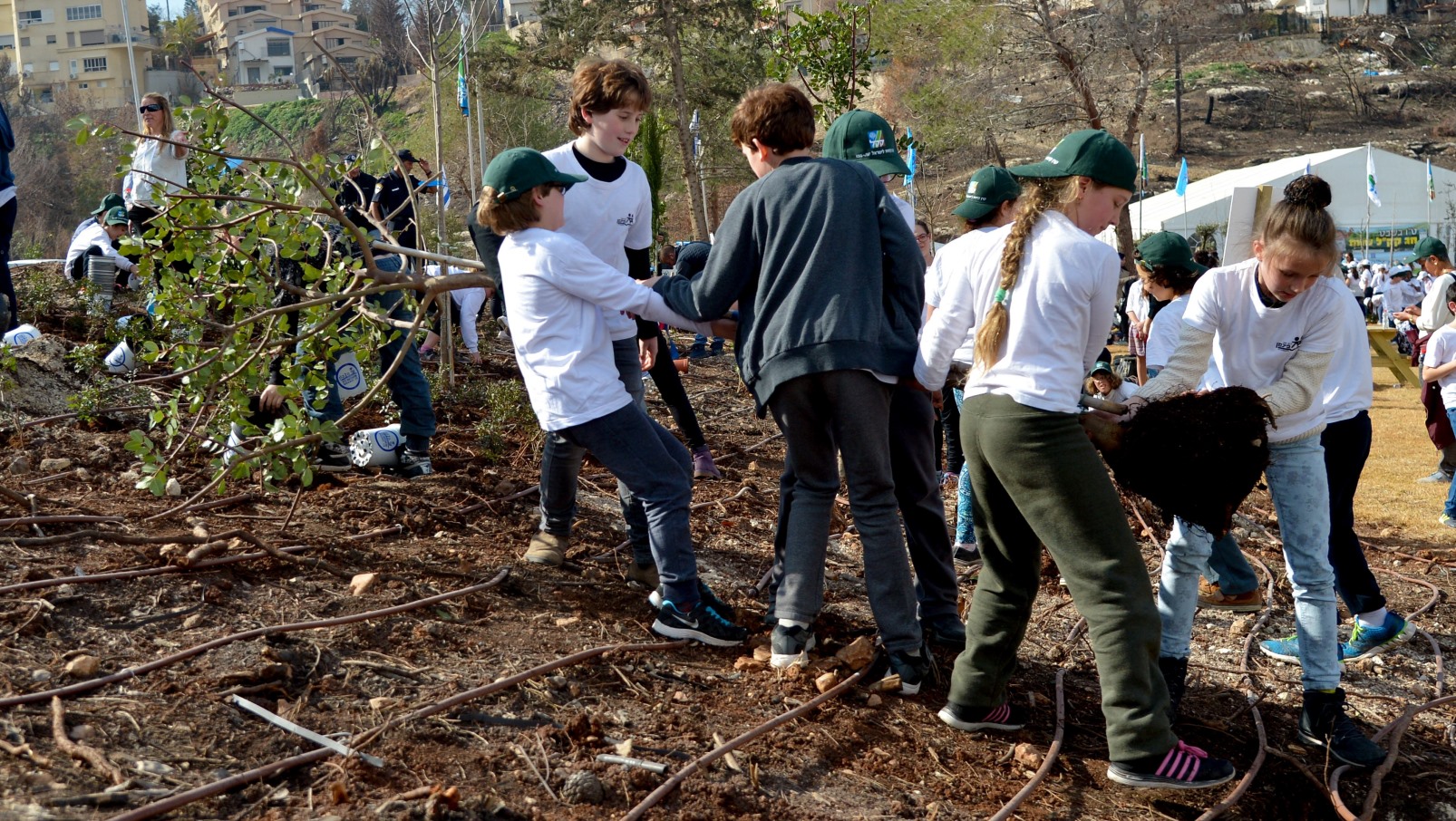 Israeli kids planting trees for Tu B'Shvat in Haifa. Photo by Yossi Zeliger/Flash90 Remarkably, there were few trees standing when the first Jewish pioneers arrived in the land of Israel toward the end of the 19th century. After centuries of neglect and foreign conquest, the land was rather desolate. Since it was founded in 1901 to buy and develop land in Ottoman Palestine, Keren Kayemeth LeIsrael-Jewish National fund (KKL-JNF) has planted more than 240 million trees in the arid and semi-arid soil of Israel. 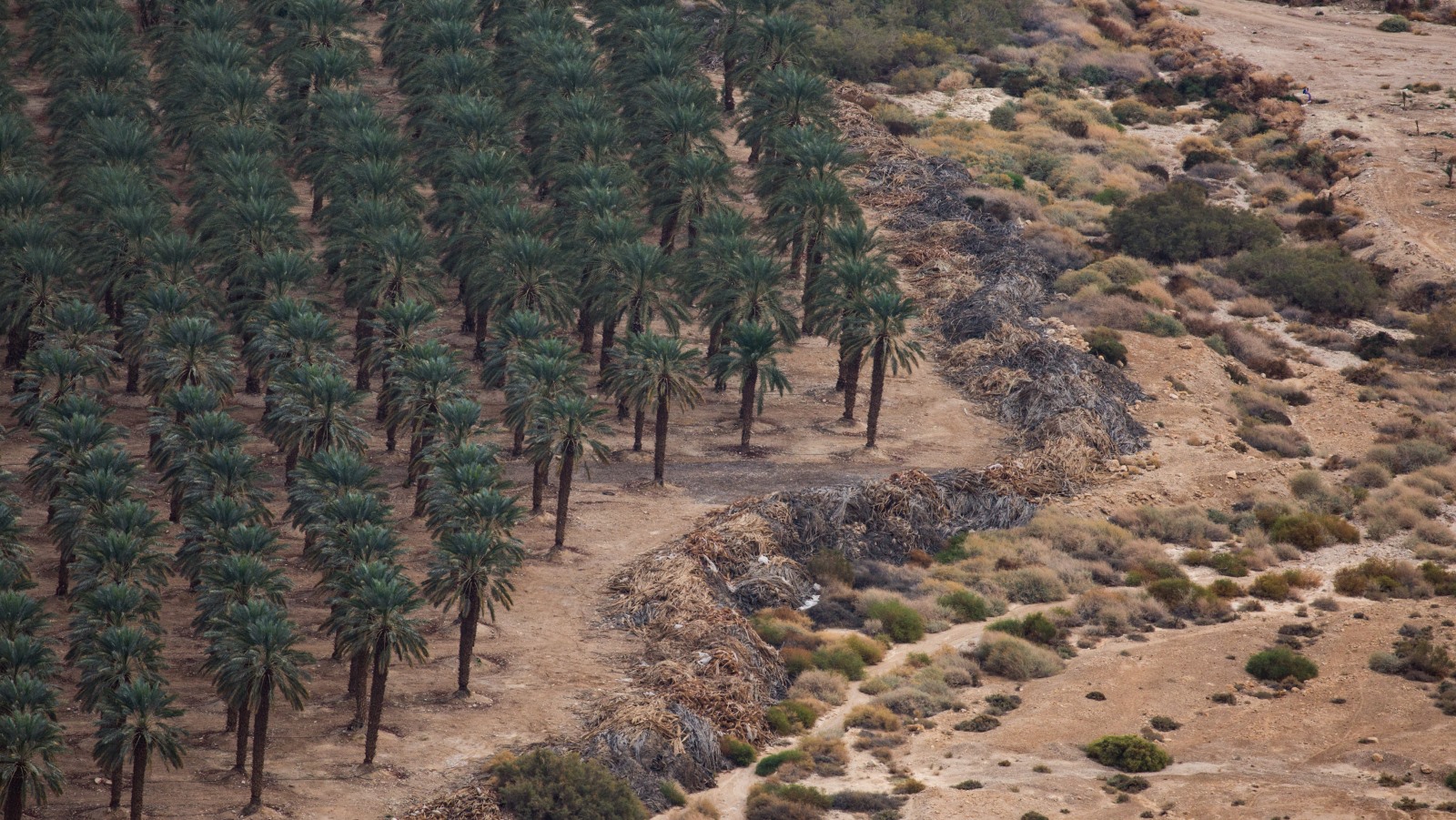 Palm trees in the desert near the Dead Sea. Photo by Maor Kinsbursky/Flash90 In 1948, about two percent of Israel was covered in trees. Now it's up to around 8.5%. Due to a focus on rehabilitation and afforestation, Israel is believed to be one of the only countries in the world that ended the 20th century with more trees than it had at the start. 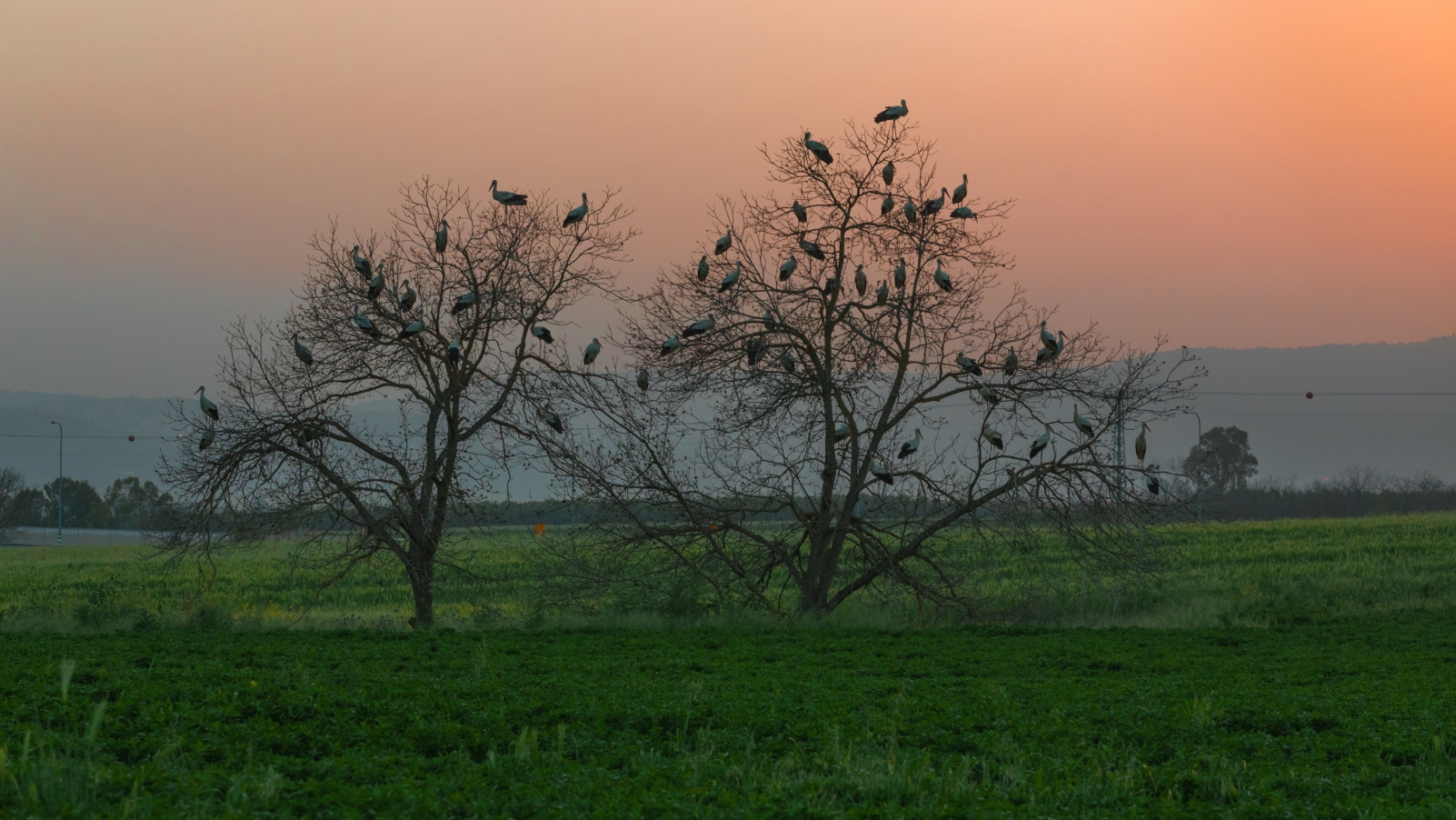 Storks make a night stop as they make their way Africa to Europe, near Moshav Nahalal, in the Jezreel Valley, March 26, 2018. Photo by Anat Hermony/Flash90 The variety of trees planted by KKL-JNF's forestry service includes conifers, deciduous trees and fruit trees. Some are indigenous to the region and some were brought to Israel from other countries. 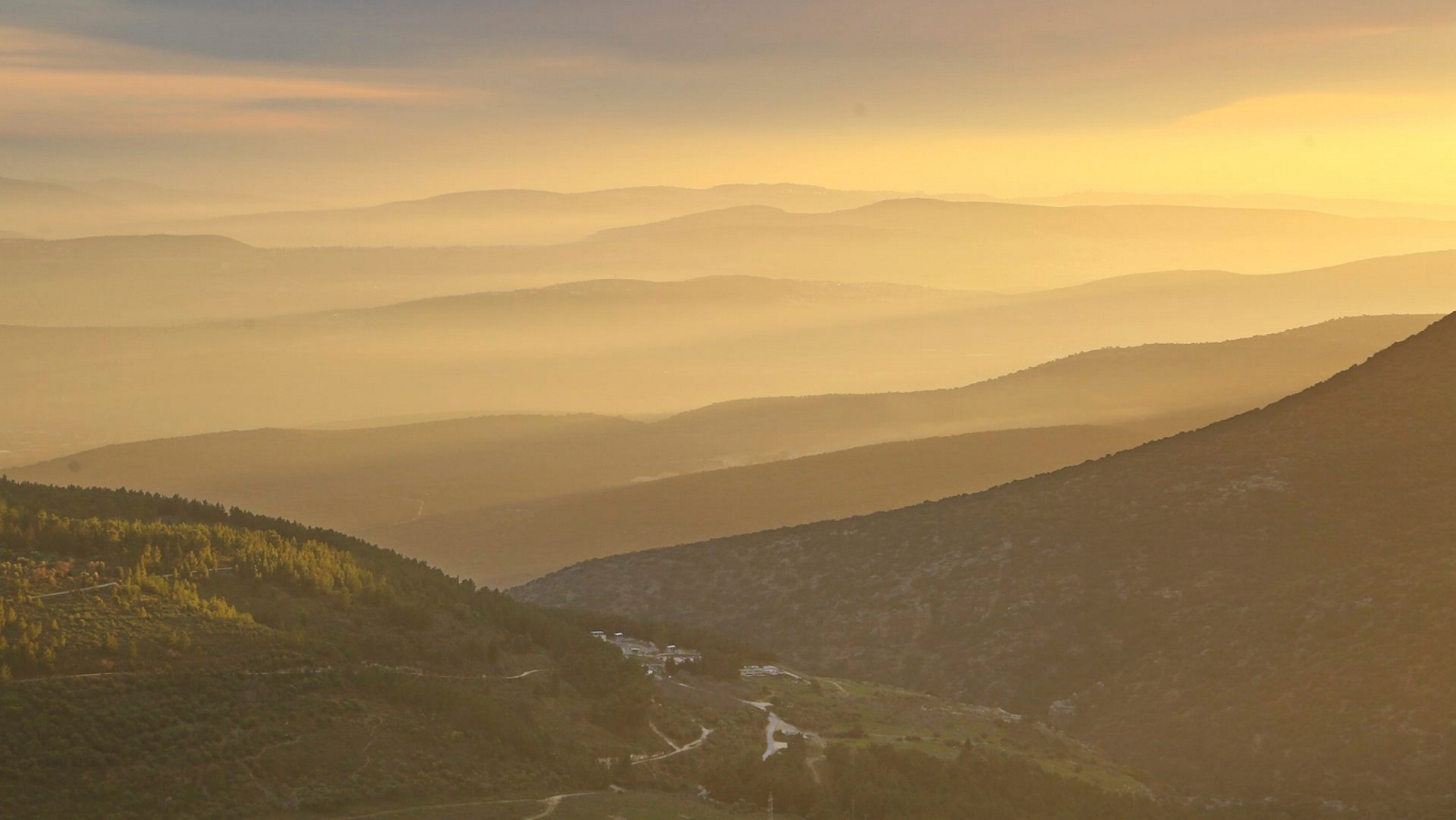 View of the Upper Galilee Mountains as seen from the northern Israeli city of Safed. Photo by Yaakov Lederman/Flash90 Over the past year, when an estimated 2,600 acres of KKL-JNF forests in the Western Negev were destroyed by fires caused by incendiary devices launched from Gaza, KKL-JNF is working with Gaza border residents to plant more trees as a symbol of life and hope. Pine and cypress trees in the Jerusalem Forest. Photo by Nati Shohat/Flash90 | |
|
|
IDF Permits Arabs to Work in Hebron Jewish Neighborhood, Arabs Ravage Jewish Vineyard 17 Shevat 5779 – January 23, 2019 Photo Credit: Tzipi Schlesel / TPS  Damaged vine in Hebron The IDF on Wednesday allowed a group of Arabs to work in the Ma'alot Yishai neighborhood in Hebron, and the latter took advantage of the opportunity to uproot a Jewish-owned vineyard in the same neighborhood, Honenu reported on Wednesday. Apparently, it will take years for the dozens of destroyed vines to recover. None of the vandals were arrested, although the entire event was taped. Advertisement The vineyard is located in ancient Tel Hebron, near the neighborhood of Amot Yishai (Tel Rumeida), and is part of the ancient Jewish community in Hebron. The vineyard was planted about 8 years ago and is cultivated by a resident of the Jewish community of Hebron.  Damaged vine in Hebron / Honenu The Arab vandals arrived at the vineyard in the morning, under the auspices of approved works that were held nearby by Hebron Municipality employees, and received a on-time permission from the IDF to enter and perform conservation work on ancient olive trees near the Jewish lot. The Arabs sawed through the vines and caused irreversible damage to the entire vineyard.  Police inspecting damage to Hebron vineyard / Tzipi Schlesel / TPS Attorney Haim Bleicher of the Honenu legal aid society, a resident of Hebron and a land inspector for the Jewish community in Hebron, said that "the site is documented by IDF security cameras. We demand the immediate arrest of the hooligans." "This criminal act of cutting, breaking and uprooting dozens of vines joins many other terror attacks carried out by the Arabs of Hebron against the Jews of the city, with the aim of uprooting the Jews from Hebron as their fathers did in the 1929 pogrom," Bleicher said. |
|
|
Wow! Ancient cave found underneath playground in German Colony
 Zev Stub Zev Stub
| Reply to this message at zev@janglo.net | | | An underground cave with an ancient water cistern was accidentally discovered this week during renovation work on a playground in the German Colony, according to a report in Kol Hair. The cave was found in a public garden on Rachel Imenu Street, across from the Erlui Yeshiva. The cave is about 225 square meters, with a 40 meter-long cistern believed to be about 1500 years old, from the Byzantine period. In light of the findings, the antiquities may be incorporated into the new design for the park. |
|
|
|
| |  Chaya V Chaya V
| Reply to this message at chaya_valier | | | The housing prices index finished down 2.3% over the past 12 months, and the big surprise was where the fall was most pronounced. Housing prices did not decrease uniformly in all districts. The drop in Jerusalem - 6.6% - was almost triple the fall in the nationwide average, and the drop in Tel Aviv was double the nationwide average, while housing prices actually rose slightly in Haifa, the Central Bureau of Statistics reports. While the average housing unit price nationwide fell NIS 35,000, the average price dropped NIS 124,000 in Jerusalem, NIS 113,000 in Tel Aviv, NIS 19,000 in the northern district, and only NIS 3,000 in the southern district. The average housing price in Haifa rose by NIS 1,000. |
|
|
|
By Rabbi Raphael Katz Former Rosh Kollel in Johannesburg (1998-2002)
Currently Rav of Beit Knesset Hechadash, Netanya
There are four parshiyot (after 'matan torah') that are named after people – Yitro, Korach, Balak, Pinchas. It appears that one can categorize these characters into two sets – Yitro and Balak in the one, Pinchas and Korach (both from tribe of Levi) in the other. The comparison and contrast of each set of personalities could yield an instructive lesson.
Let us consider.
1) Both Yitro and Balak were gentile leaders.
2) Both were impacted by the dramatic emergence of 'Am Yisrael's 'appearance on the stage of history;
Of Yitro it is said: "And Yitro… heard all that G –d had done to Moshe and Israel his people when he brought Israel out of Egypt."
Of Balak it is said: "And Balak saw all that Israel had done to the Emorites…." and further on "…Behold a nation has left Egypt".
3) Both of these men were leaders in "their field" – the field of Idolatrous practices.
"Now I know that G –d is the greatest of all deities".
Yitro was an expert in every idolatrous ideology in his time (Rashi citing Mechilta verse 11, ch' 18).
"And Balak took Bilam to the top of Peor…."
Balak was a great Sorcerer and saw that the Israelites would suffer at Peor (Rashi, Bamidbar ch. 23, verse 28).
4) Both these leaders perceived that the Jewish people were unique (not different), governed by special Divine providence.
What impressed Yitro about the miracle of "kriyat yam suf" was not so much the suspension of the physical laws of nature, as much as seeing the event as an expression of Divine justice. The Egyptians sought to destroy the Israelites through water and they themselves drowned in water. (Rashi ch. 18, verse 11).
The Sefat Emet comments that Balak understood that the essence of the Jewish people was their spiritual strength. He realized that conventional modes of warfare would be ineffective and hence recruited Bilam to assist in a spiritual attack on "Bnei Yisrael".
5) Both merited having descendant that converted to Judaism (Sotah 47a).
All these similarities, and yet how different the response!
Yitro – "Blessed be G –d who rescued you from the power of Egypt and Pharo etc. (Shemot ch' 18,verse 10).
Balak – "… Now come and curse this nation for me". (Bamidbar ch'22, verse 6)
It's all about free will and '' בדרך שאדם רוצה לילך בה מוליכין אותו'' |
|
|
See you tomorrow Love Yehuda Lave |
|
|
| | | |
 | | | | | |
|  |
|
| |
|